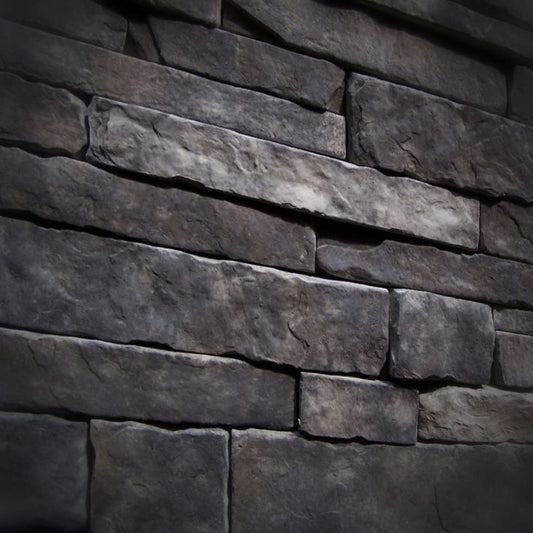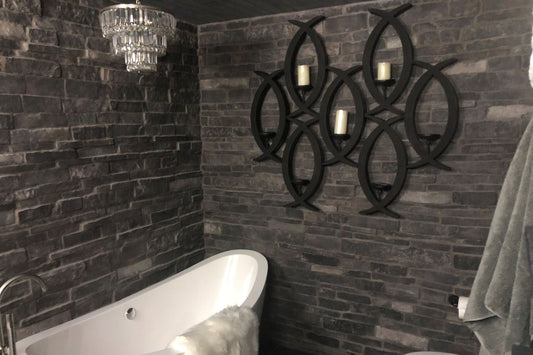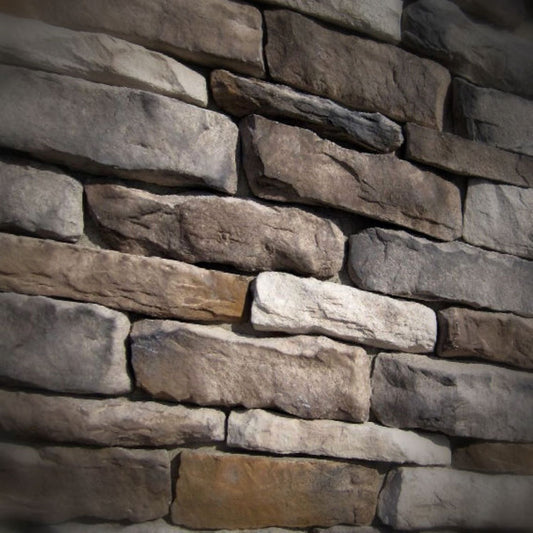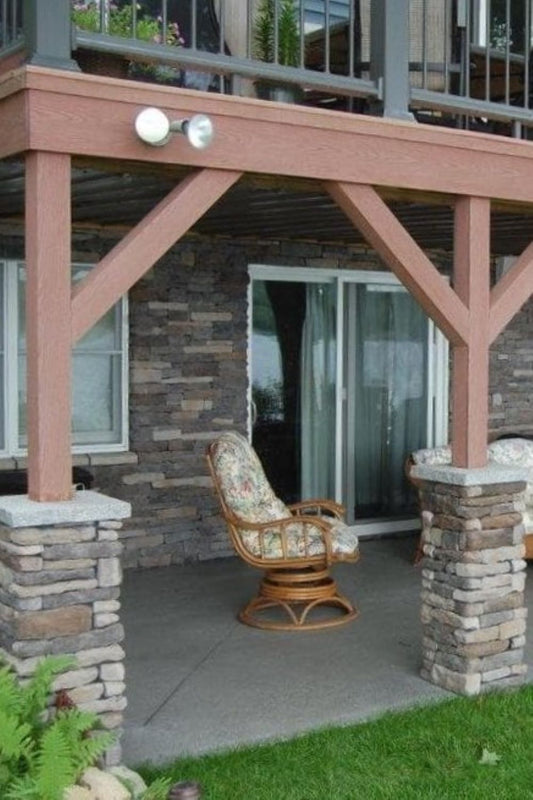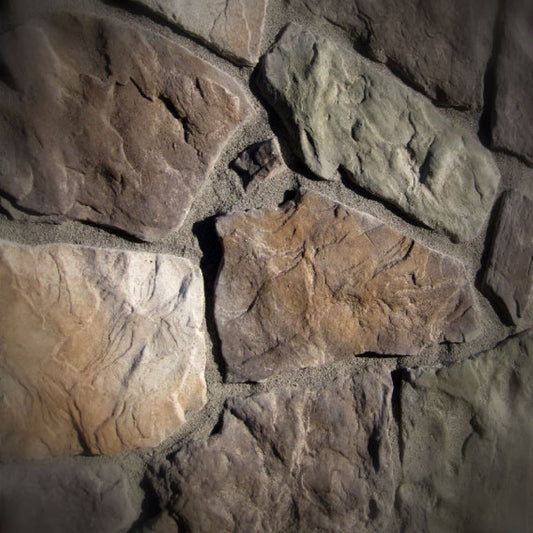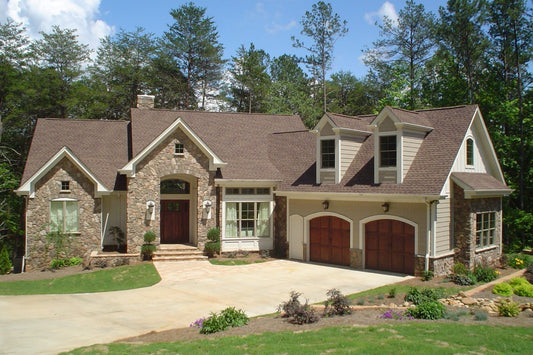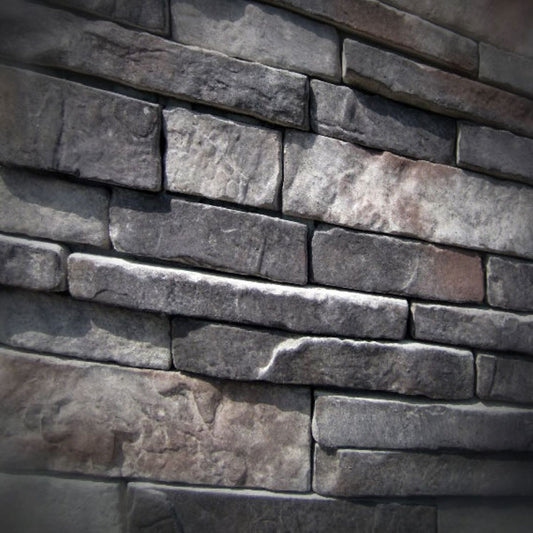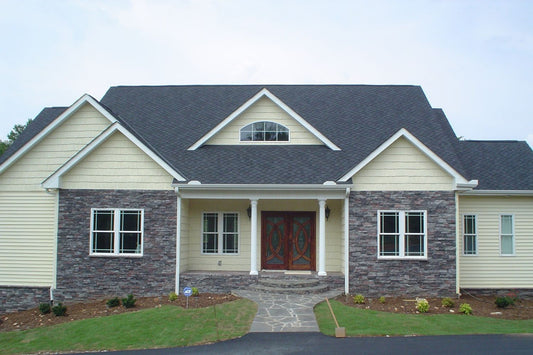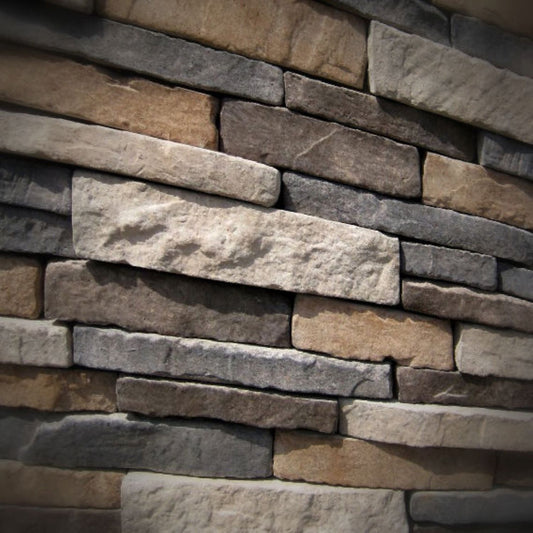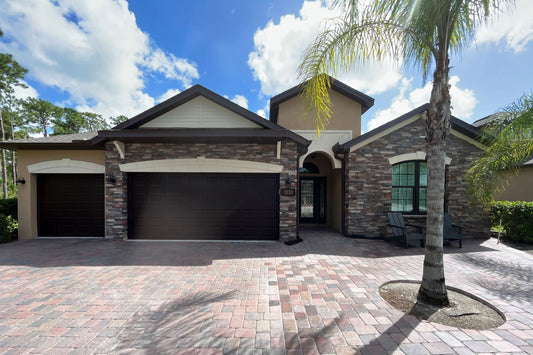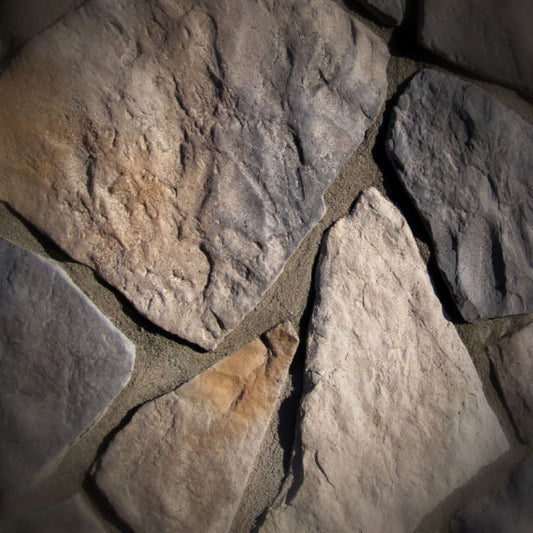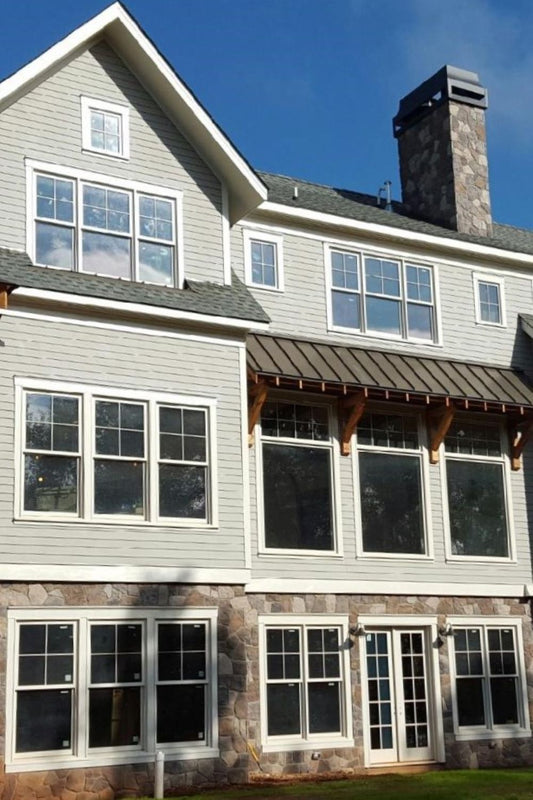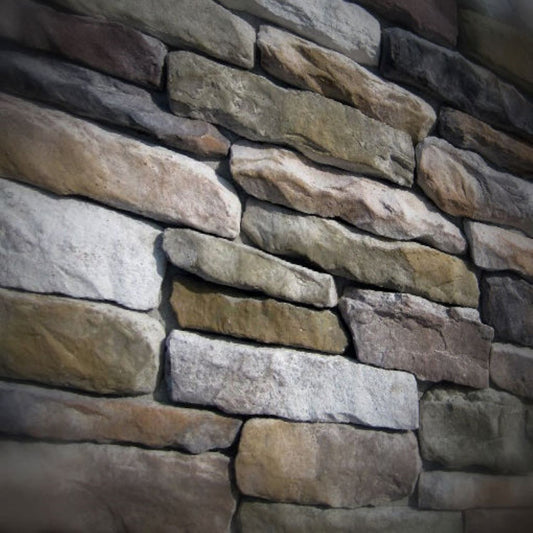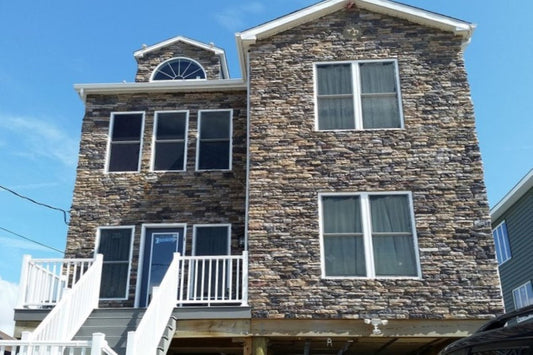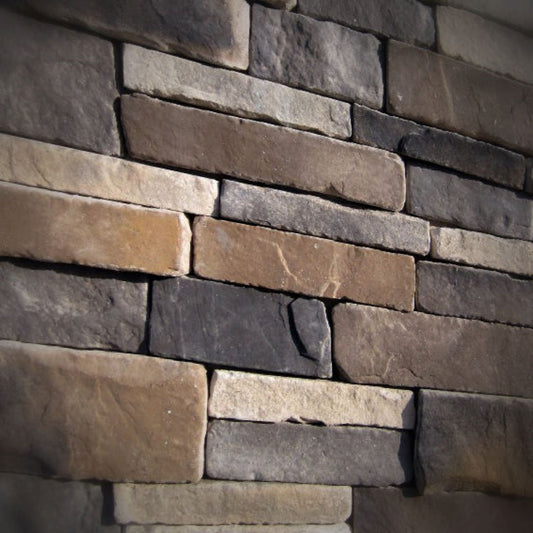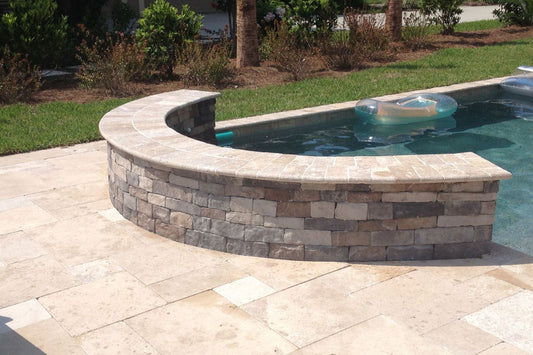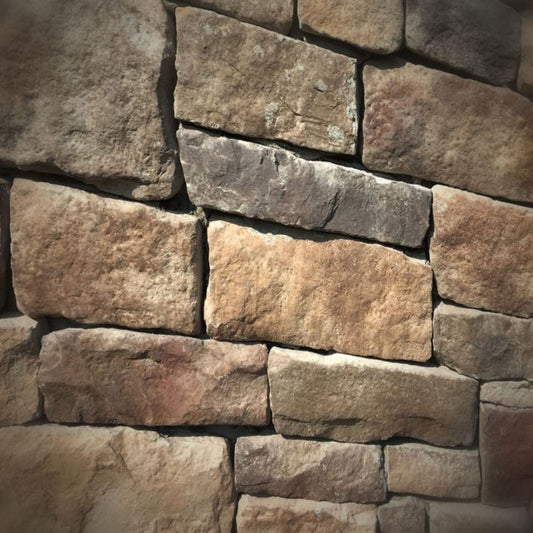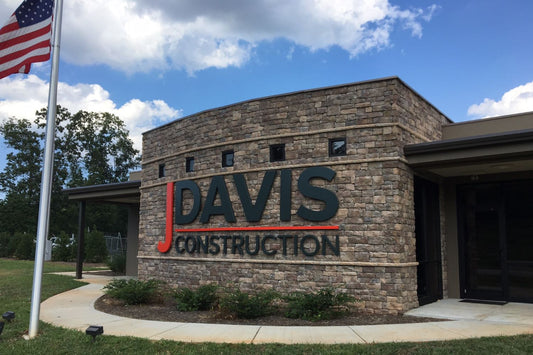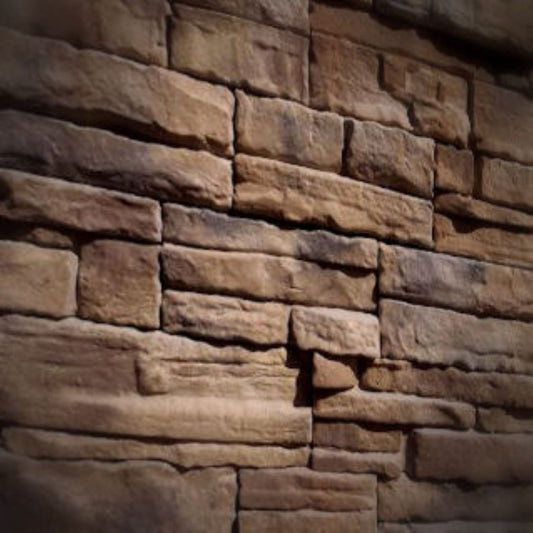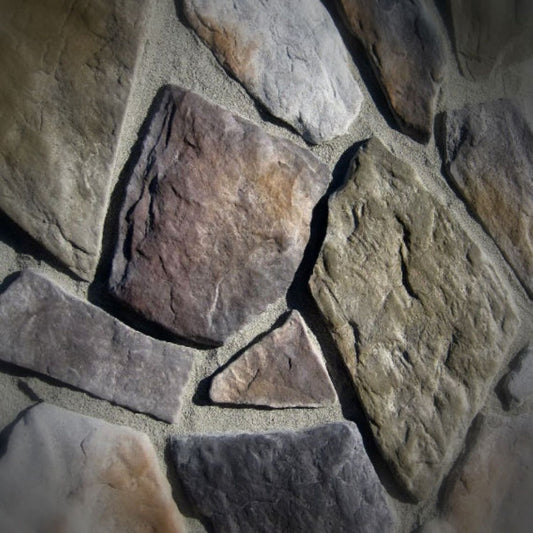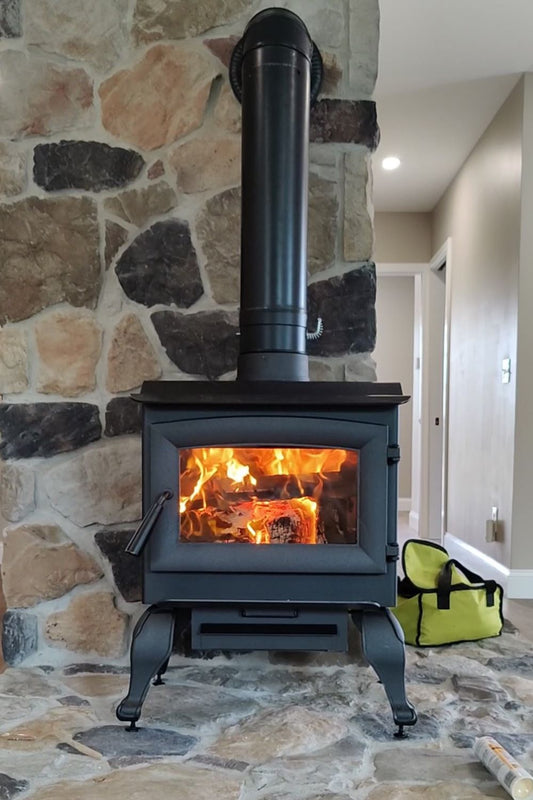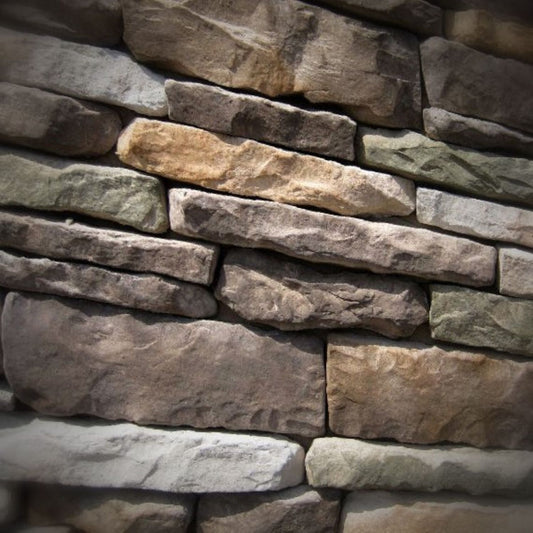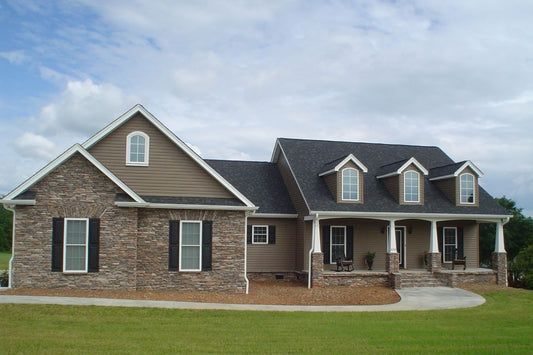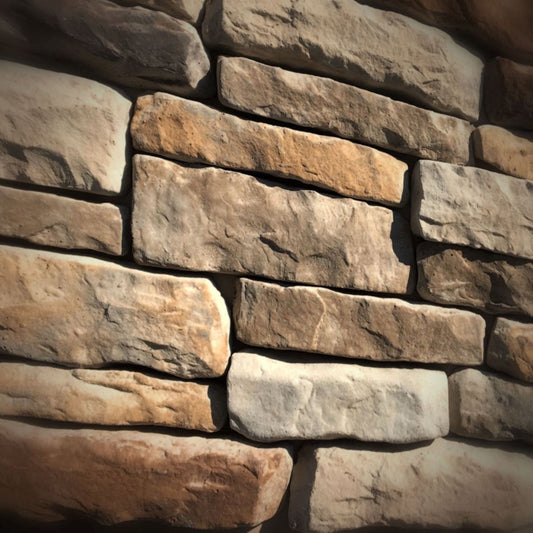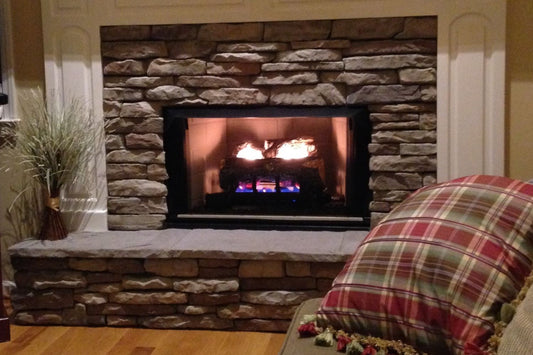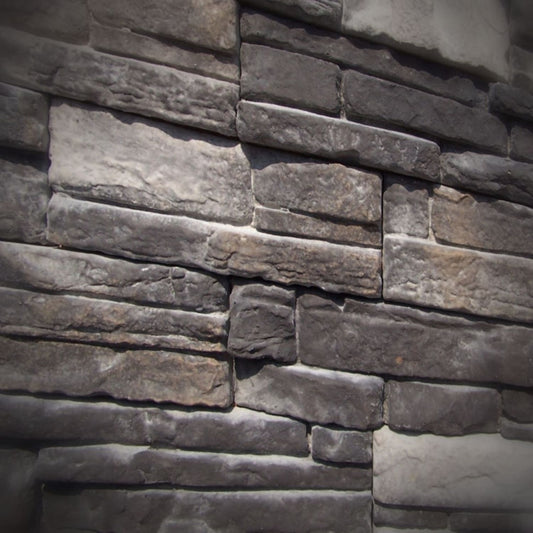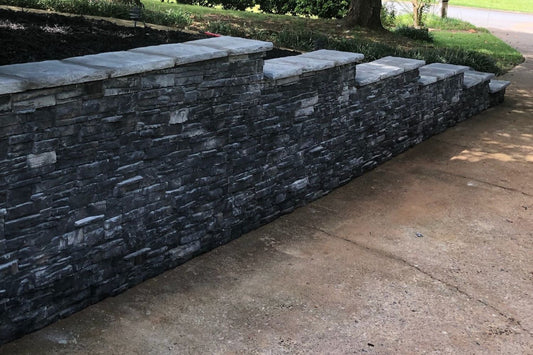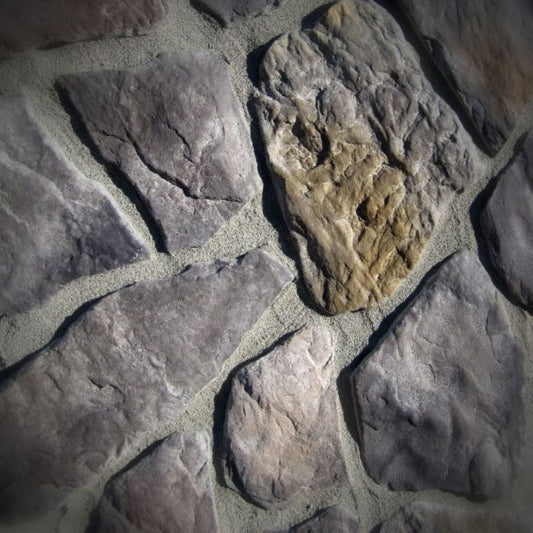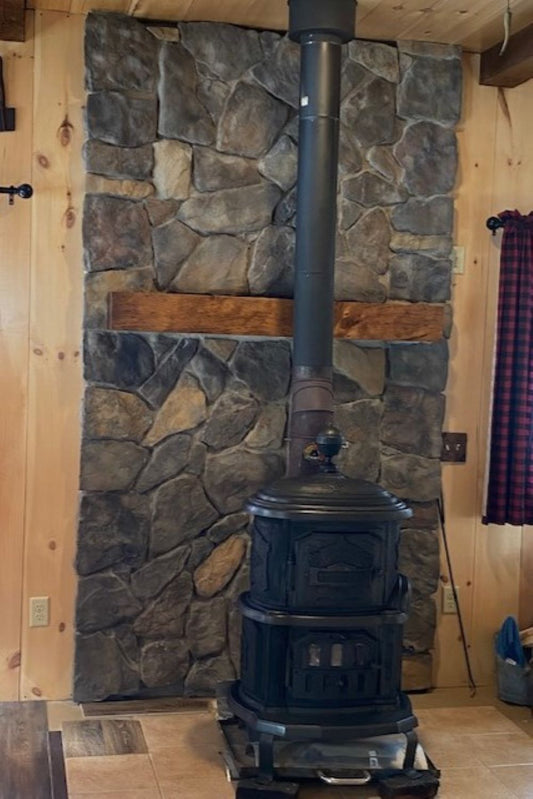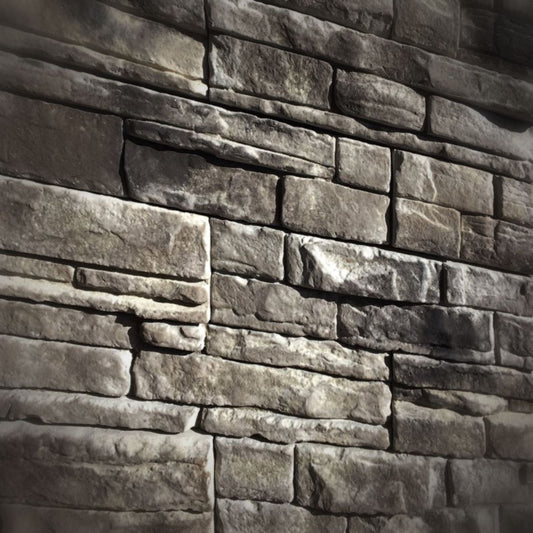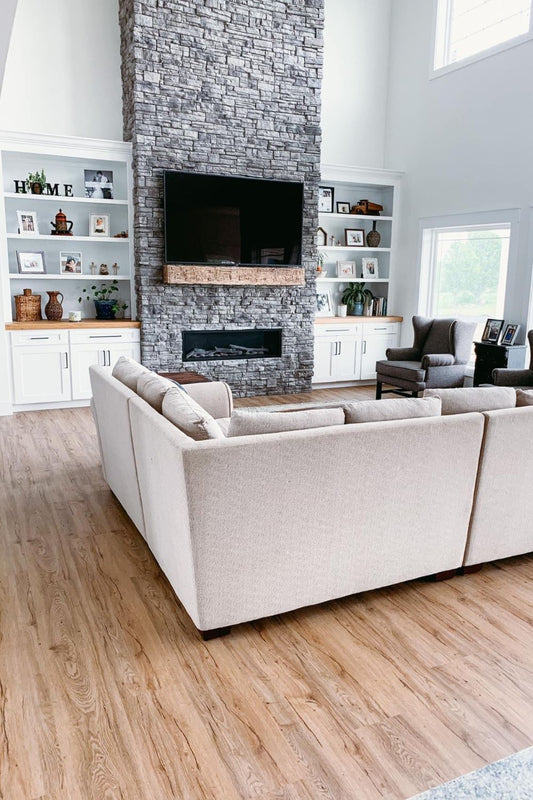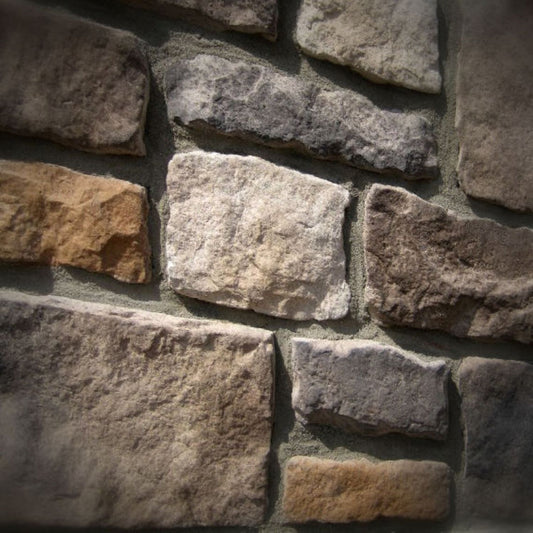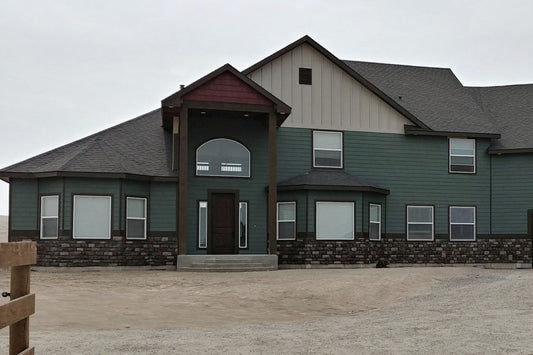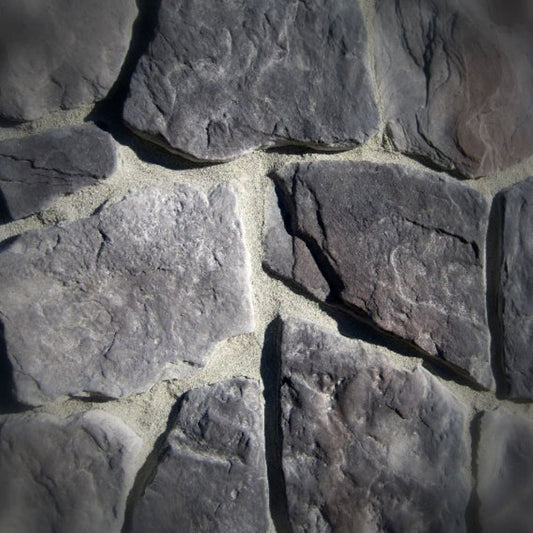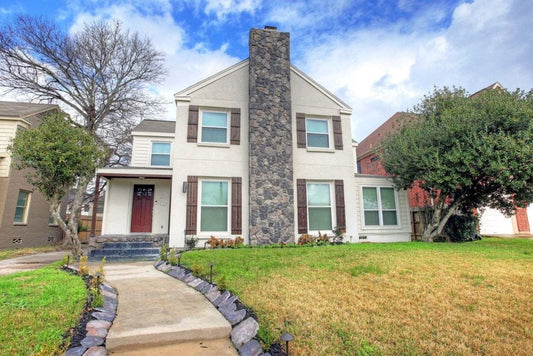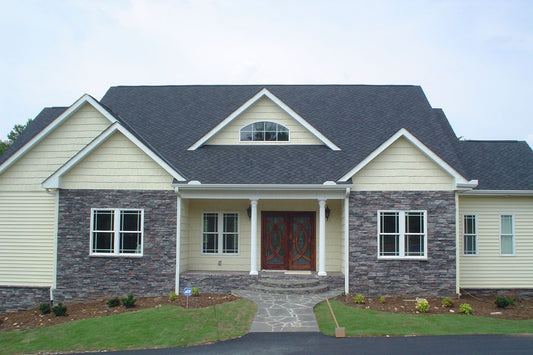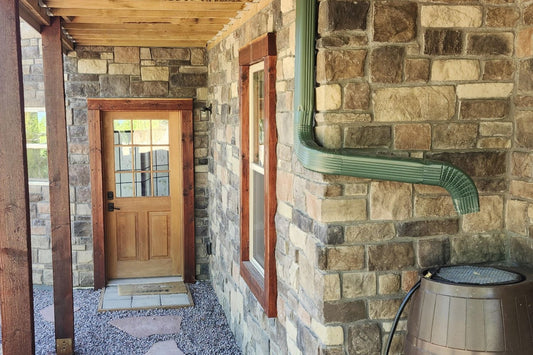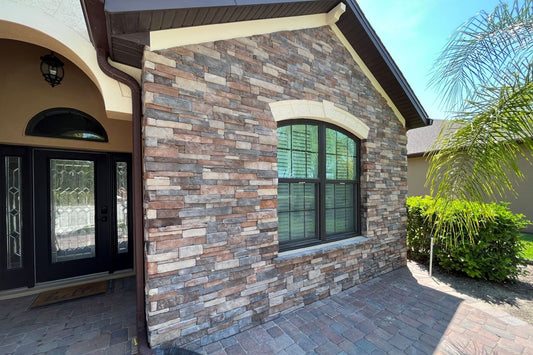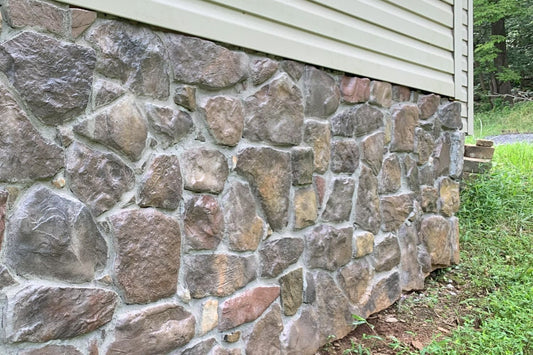
Stone Veneer for Underpinning Mobile Homes
Share
Manufactured stone veneer is an increasingly popular choice for underpinning mobile homes, offering the charm of real stone with lightweight durability and cost savings. Whether you’re looking to boost curb appeal or add a more permanent feel to your home’s foundation, stone veneer delivers both aesthetic and practical benefits. But for long-lasting results, there are key considerations and common mistakes to avoid.
Why use stone veneer for mobile home underpinning?
Underpinning your mobile home with manufactured stone veneer offers both functional and visual benefits. It creates a solid, site-built appearance while effectively concealing the underside of the structure. Beyond improving curb appeal, properly installed stone veneer can help block pests, reduce drafts, and protect skirting insulation. Homeowners appreciate its realistic stone look without the added weight or high cost, as well as its weather-resistant durability across all climates. Stone veneer is also easy to install over masonry or framed skirting and requires minimal maintenance when done correctly, making it a smart, long-lasting choice for mobile home skirting.
What to avoid when installing stone veneer skirting
While stone veneer is durable, it still requires careful planning and proper installation to avoid damage over time. Here are some common pitfalls to avoid:
1. Direct ground contact: manufactured stone veneer should never be installed in direct contact with soil or mulch, as this can lead to moisture wicking, mildew, mold, frost damage, and premature deterioration of the mortar bond. To prevent these issues and extend the life of your installation, it's essential to maintain a minimum clearance of 2 to 4 inches between the bottom edge of the veneer and the ground. Adding proper flashing or using a concrete base can further protect the veneer by creating a durable, moisture-resistant barrier at the foundation level.
2. Exposing veneer to weed trimmers: one of the most common causes of damage to manufactured stone veneer is contact with weed eaters or string trimmers, which can chip, crack, or loosen the stones over time. Stone veneer is not built to withstand repeated mechanical impact, especially near the base where it's most vulnerable. To prevent this kind of damage, it's recommended to create a small gravel buffer zone or mulch bed around the foundation, eliminating the need to trim close to the veneer. Alternatively, installing a physical barrier or edging strip can help protect the lower edge from accidental contact during landscaping maintenance.
3. Skipping a moisture barrier: if you're installing manufactured stone veneer over wood framing or exterior sheathing, skipping a moisture barrier is a critical mistake that can lead to serious issues like water intrusion, rot, mold, and even structural damage. Proper weatherproofing is essential to protect both the veneer and the underlying structure. To ensure long-term durability, always install a code-compliant moisture barrier, such as a weather-resistant barrier (WRB), along with metal lath before applying the stone veneer to framed skirting. This added protection helps maintain the integrity of your installation and safeguards your investment.
4. Using the wrong mortar: Type S mortar is the preferred choice for installing manufactured stone veneer, offering the ideal balance of bond strength and flexibility, particularly important in climates with freeze-thaw cycles. Unlike adhesives or construction glue, which lack the durability needed for outdoor masonry applications, Type S mortar is specifically formulated to withstand the elements and provide a long-lasting hold. For best results, use Type S mortar for both the scratch coat and stone setting, and be sure to follow the manufacturer’s guidelines for mixing, curing, and finishing joints to ensure a strong, professional-quality installation.
Final tips for a durable finish
1. Sort and lay out your stones before installing to plan your pattern.
2. Seal the stone if recommended by the manufacturer, especially in wet or humid climates.
3. Use corner pieces and cap stones for a professional, finished look.
4. Check local codes, some areas have specific requirements for skirting or veneer clearance.
Stone veneer for underpinning mobile homes
Stone veneer is a smart and stylish way to upgrade your mobile home’s skirting. By avoiding common mistakes, like ground contact and weed trimmer damage, you can enjoy years of beauty and protection. With the right materials and installation approach, your underpinning will not only look great but also stand up to the elements.
You may also like
Stone veneer care & maintenance: Tips to keep your siding looking its best.
How to choose a stone mason: What to look for before hiring.
Stone veneer minimum order amounts: What you need to know before buying.
What's next?
Elevate your space with our high-quality manufactured stone veneer. Order a sample to see the realistic texture and vibrant colors up close or shop now to begin your project. Bring your design vision to life with confidence!
Have a question?
Please see our full terms of service.
For general information and questions please call: (864) 882-8960 Mon. - Fri. 8am - 5pm (EST) or email: info@mountainviewstone.net we are more than happy to help you.
Or you can submit your questions via our contact us page.
We look forward to working with you on your upcoming project.
The Black Bear Mountain Stone Team

